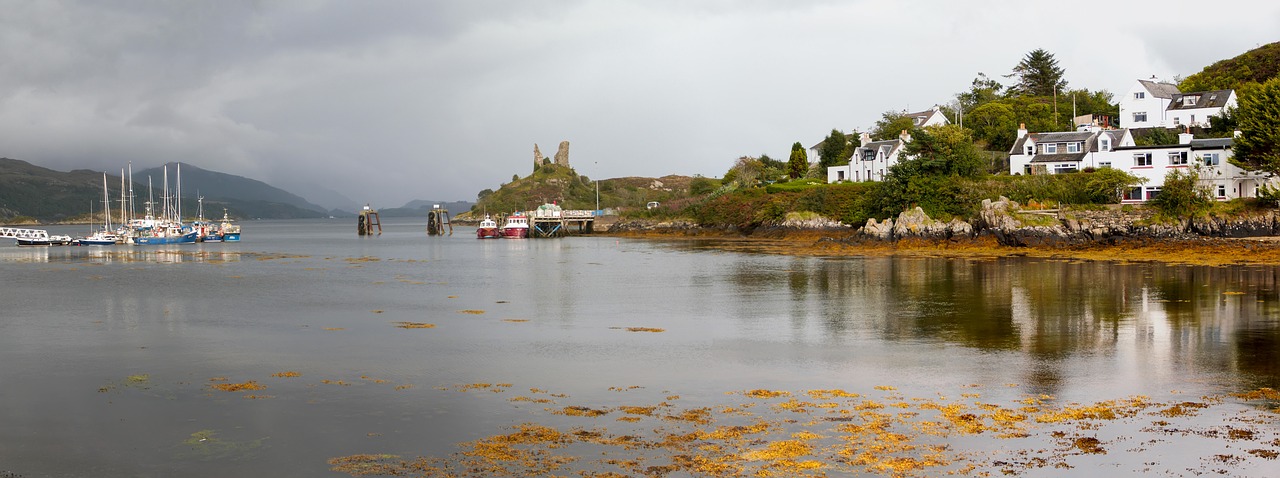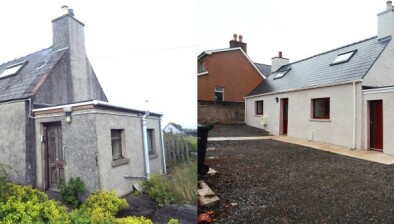Future of Outer Hebrides in question as elderly population rises, report finds
A new report published by Western Isles Council has issued a stark warning over the future of the Outer Hebrides as it projects trends that will see fewer young people and more elderly living in the area as well as dropping numbers of workers.

The latest Western Isles Council Socio Economic Update highlights population concerns, revealing the biggest age group increase will be among the over-90s, which is set to surge by 41%.
At the same time, the Outer Hebrides will become the first part of Scotland with an average household occupancy of less than two.
The trends anticipated by the report will have major impacts on medical and social services in the Outer Hebrides as well as even more potential school closures.
The most recent mid-year estimate for the Outer Hebrides gives a population of 26,720, with just 189 births compared to 341 deaths in that year.
Between 2009 and 2019, there has been a decrease of 700 persons (down 2.6%). Over the same period, Orkney’s population increased 6.4% and Shetland’s grew 0.5%, while Scotland overall had an increase of 4.4%.
Roddie MacKay, Western Isles Council leader, said: “The population challenge is clear: we need more younger, working age people to move here or to stay here to support and grow our economy. Key drivers for this will include jobs, housing, connectivity and transport links.”
The report states that there are more than 5,000 single adult households in the islands, about 40% of the total. That figure is expected to rise by 2028 due to there being an increase in single, elderly people.
However, a 15% drop is projected in the number of households with two or more adults and children. The current figure is just over 2,000. By 2027, the average number of occupants per household will fall below two for the first time. An 8% decrease is also expected in households with three or more adults.
Overall, the data predicts a 2.3% decline in the number of islands households by 2028 and a further loss of 11% by 2043. In contrast, throughout Scotland as a whole, the number of households is projected to increase by 5% by 2028, The Herald reports.
The report reads: “Over the period 2018 to 2043 the Outer Hebrides is projected to have the highest decrease in households at 11%. Scotland’s population is ageing. One-person households are the main household type and this is projected to continue with households with children declining.
“In 2028, one-adult households are projected to remain the most common (41.8%) in the Outer Hebrides and one-adult plus one or more children is projected to remain the least common (4.3%).”
Between 2011 and 2019 there were population declines in all but five of the data areas in the isles.
According to a previous Highlands and Islands Enterprise report, population trends for young people in the isles “are quite bleak”.
However, Scottish islands are consistently among the happiest places to live in the UK, according to past data from the Office for National Statistics, and other surveys.








